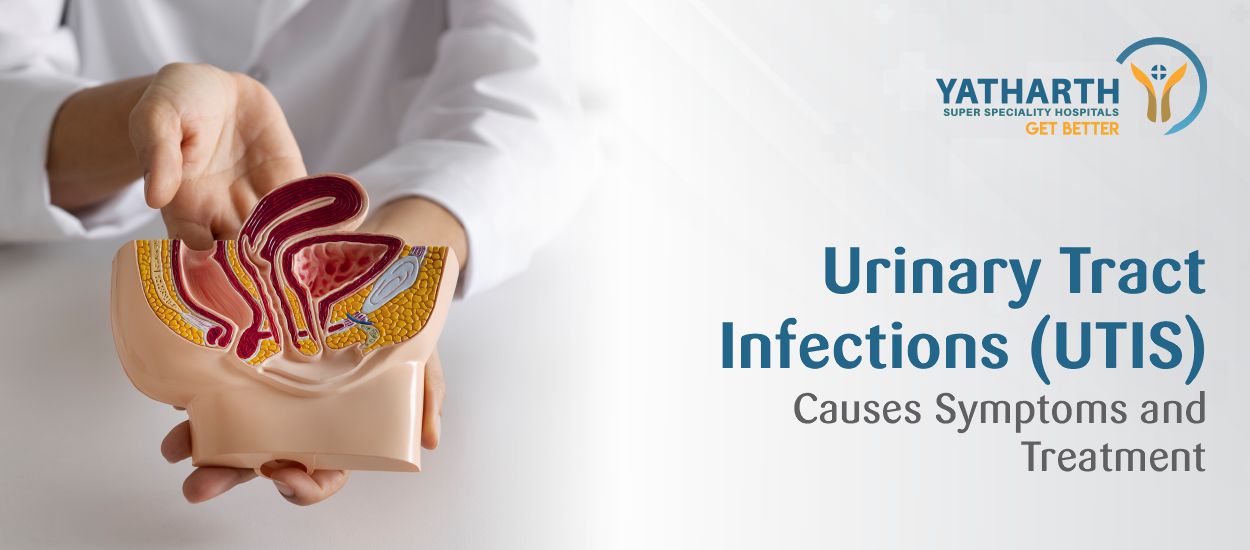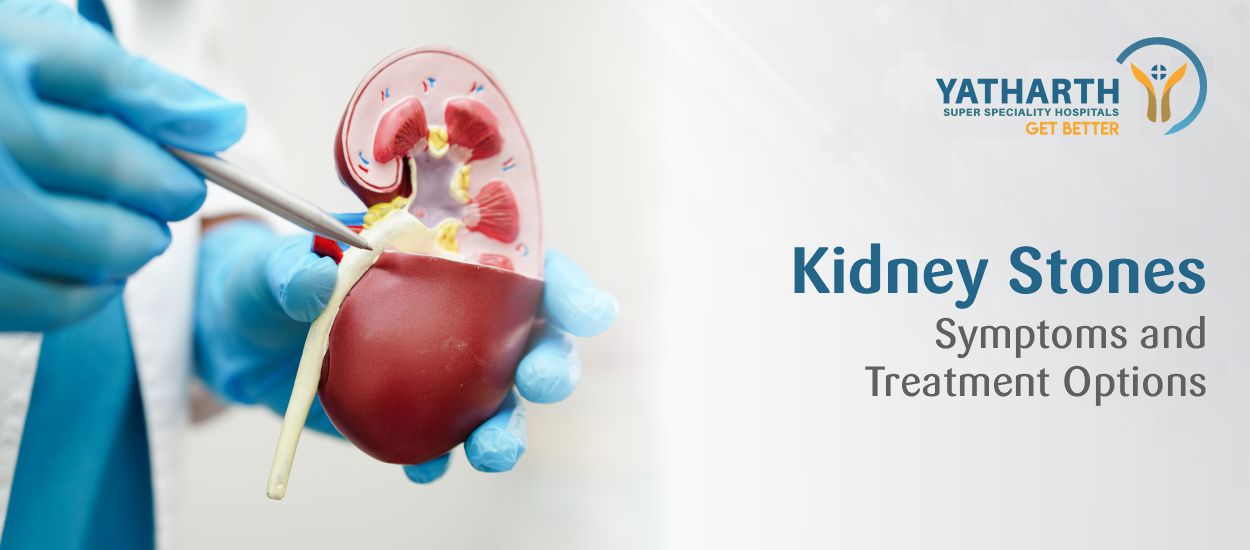How nicotine affects your heart
The Indian Heart Association asks, do you really know how smoking and nicotine damage your heart so......
Read MoreThe prostate gland is an important component of male reproductive health. It is a small gland positioned between the bladder and the penis. Semen is produced by the prostate gland and is used to nourish and transport sperm. Unfortunately, the prostate gland, like all other organs in the body, is susceptible to illness. This article will go through the most prevalent prostate diseases, as well as their causes, symptoms, and treatment choices.
As mentioned earlier, the prostate gland is a small gland located in the male reproductive system. It produces a fluid that mixes with sperm to form semen, which is then ejaculated during sexual intercourse. The prostate gland protects the urethra, which is a tube that drains urine from the bladder. This is why an enlarged prostate can cause urinary problems.
1. Benign Prostatic Hyperplasia (BPH)
Benign Prostatic Hyperplasia (BPH) is a common prostate disease that affects older men. It is distinguished by prostate gland enlargement, which might result in urinary problems. Although the specific aetiology of BPH is unknown, it is thought to be connected to changes in hormone levels as men age.
2. Prostatitis
Prostatitis is an inflammation of the prostate gland, which can be caused by a bacterial infection or a non-bacterial source. The exact cause of prostatitis is unknown, but it is believed to be related to a weakened immune system or a history of urinary tract infections.
Prostate cancer is cancer that starts in the prostate gland. It is the world's second most common cancer for men. Although the exact cause of prostate cancer is unknown, it is considered to be caused by a combination of genetic and environmental factors.
The symptoms of prostate disease can vary depending on the specific condition. However, there are some common symptoms to look out for, including:
If you experience any of these symptoms, you should consult a urologist, since they could be a sign of prostate disease.
Screening for prostate diseases typically involves a digital rectal exam (DRE) and a prostate-specific antigen (PSA) blood test. During a DRE, the doctor will insert a gloved finger into the rectum to feel for any abnormalities in the prostate gland. The PSA blood test measures the level of PSA, a protein produced by the prostate gland, in the blood. High levels of PSA may indicate a prostate disease, such as cancer.
If your doctor suspects that you have prostate disease, they may recommend further tests, such as a biopsy, MRI, orultrasound, to confirm the diagnosis.
Depending on the specific prostate disease, medications may be prescribed to manage symptoms or slow the progression of the disease. For example, alpha-blockers can help relax the muscles in the prostate gland and bladder neck to improve urine flow in men with BPH. Antibiotics may be prescribed to treat prostatitis caused by a bacterial infection.
Surgery
Surgery may be necessary to treat certain prostate diseases, such as BPH or prostate cancer. For BPH, transurethral resection of the prostate (TURP) may be performed to remove the excess prostate tissue that is causing urinary problems. For prostate cancer, a radical prostatectomy may be performed to remove the prostate gland and surrounding tissue.
Holmium laser prostate (HoLEP) surgery
Holmium laser prostate surgery is a less invasive treatment for an enlarged prostate. The holmium laser enucleation of the prostate (HoLEP) procedure uses a laser to remove tissue that is blocking urine transit through the prostate. Using a different instrument, the prostate tissue is then cut into easily separable portions.
HoLEP is similar to open prostate surgery but does not involve any incisions. HoLEP removes the whole region of the prostate that can obstruct urine flow. It has the potential to be utilised to treat a significantly enlarged prostate.
Chemotherapy is an option for treating advanced prostate cancer that has progressed to other regions of the body. It entails using medications to kill cancer cells.
In addition to medical treatments, certain lifestyle modifications may help manage the symptoms of prostate disease. These include:
Exercise regularly
Exercise regularly may improve overall health and lower the risk of getting prostate disease.
Maintain a healthy diet
A nutritious diet high in vegetables, fruits, and whole grains can help lower the risk of prostate disease.
Stay hydrated
Drinking plenty of water can help reduce the risk of urinary tract infections and other prostate-related issues.
Practice good hygiene
Washing your hands frequently and wiping from front to back after using the restroom will help lower the chance of urinary tract infections.

The Indian Heart Association asks, do you really know how smoking and nicotine damage your heart so......
Read More
Urinary Tract Infections (UTIs) are a common health problem that affects millions of people every......
Read More
Kidney stones are hard, crystalline structures that form in the kidneys or urinary tract. They can......
Read More